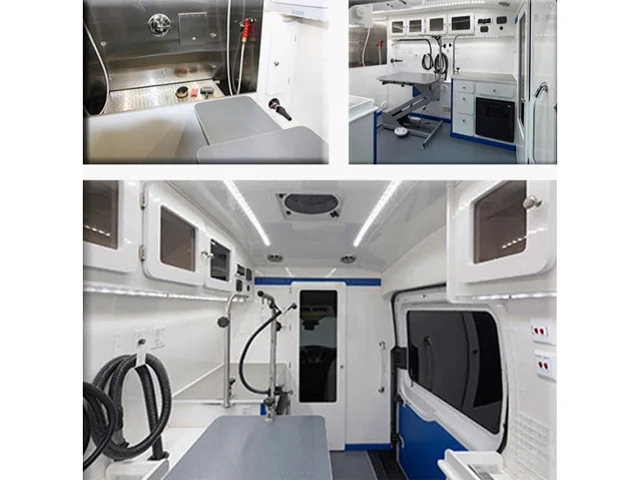When it comes to relocating or purchasing a vehicle from a distant location, one of the most pressing questions that arises is, How much does it cost to ship a car 1000 miles? The answer to this question is multifaceted, influenced by various factors including the type of transport service, the vehicle's specifications, and the time of year. In this article, we will delve into the intricacies of car shipping costs, providing you with a detailed understanding to make informed decisions.
Understanding Car Shipping Options
Before we can estimate the cost of shipping a car over a distance of 1000 miles, it’s essential to understand the different shipping options available:
- Open Transport: This is the most common and cost-effective method for shipping vehicles. Cars are loaded onto an open trailer, exposed to the elements. While this method is generally cheaper, it may not be suitable for high-end or classic cars due to potential weather damage.
- Enclosed Transport: For those shipping luxury, vintage, or exotic vehicles, enclosed transport is the preferred option. This method involves transporting the car in a fully enclosed trailer, providing protection from environmental factors. However, this service comes at a premium, often costing 30-50% more than open transport.
- Door-to-Door vs. Terminal-to-Terminal: Door-to-door service involves the carrier picking up and delivering the vehicle directly to your specified locations, which is convenient but may incur additional fees. Terminal-to-terminal service requires you to drop off and pick up your vehicle at designated terminals, typically resulting in lower costs.
Factors Influencing Shipping Costs
Several key factors will influence the overall cost of shipping a car 1000 miles:
- Distance: While we are focusing on a distance of 1000 miles, the specific route can affect pricing. Areas with heavy traffic or challenging terrain may incur higher costs.
- Vehicle Size and Weight: Larger and heavier vehicles, such as trucks or SUVs, often cost more to ship than standard sedans. This is due to the increased space they occupy on the transport vehicle and the additional weight.
- Seasonality: The time of year can significantly impact shipping costs. For instance, summer months tend to be busier for transport companies, leading to higher prices. Conversely, winter may offer lower rates due to decreased demand.
- Condition of the Vehicle: If the car is inoperable or requires special handling, this will increase the cost. Transporting a non-running vehicle often necessitates additional equipment and labor.
- Insurance and Additional Fees: Most transport companies offer insurance options to cover potential damages during transit. While this adds to the cost, it provides peace of mind. Additionally, be aware of potential fuel surcharges or toll fees that may apply.
Estimated Costs for Shipping a Car 1000 Miles
To provide a clearer picture, let’s break down the estimated costs associated with shipping a car 1000 miles:
- Open Transport: The average cost ranges from $600 to $1,200. This price can fluctuate based on the factors mentioned above.
- Enclosed Transport: Expect to pay between $1,000 and $2,000 for this service, reflecting the added protection and care for your vehicle.
- Additional Costs: Always factor in potential extra fees for insurance, fuel surcharges, and any special handling requirements.
Tips for Reducing Shipping Costs
If you’re looking to minimize the expense of shipping your car, consider the following strategies:
- Book in Advance: Planning your shipment ahead of time can often secure better rates, especially during peak seasons.
- Flexible Dates: If you can be flexible with your shipping dates, you may find lower rates. Transport companies often have fluctuating prices based on demand.
- Compare Quotes: Don’t settle for the first quote you receive. Shop around and compare prices from multiple transport companies to find the best deal.
- Consider Terminal-to-Terminal Shipping: If you’re willing to drive to a terminal, this can save you money compared to door-to-door service.
Conclusion
Shipping a car 1000 miles can be a straightforward process if you understand the various factors that influence costs. By considering your options, being aware of the variables at play, and employing strategies to reduce expenses, you can navigate the complexities of car shipping with confidence. Whether you choose open or enclosed transport, the key is to do your research and select a reputable company that meets your needs. With the right preparation, you can ensure that your vehicle arrives safely and affordably at its new destination.






+ There are no comments
Add yours